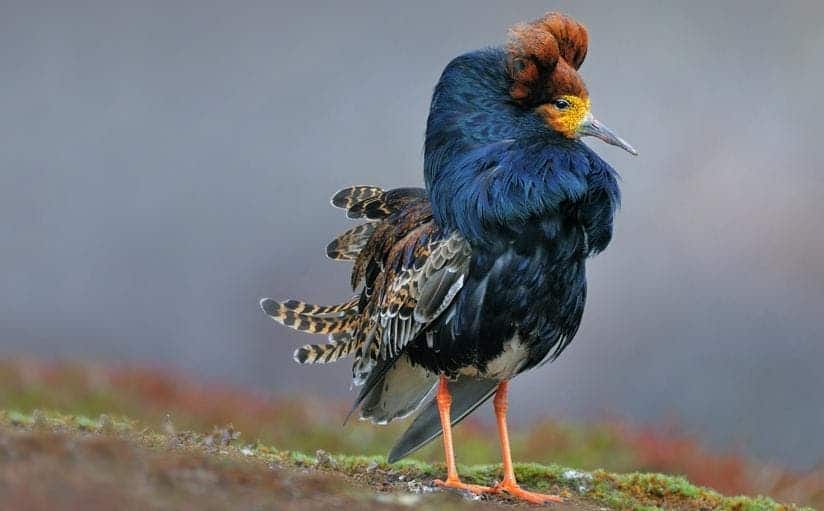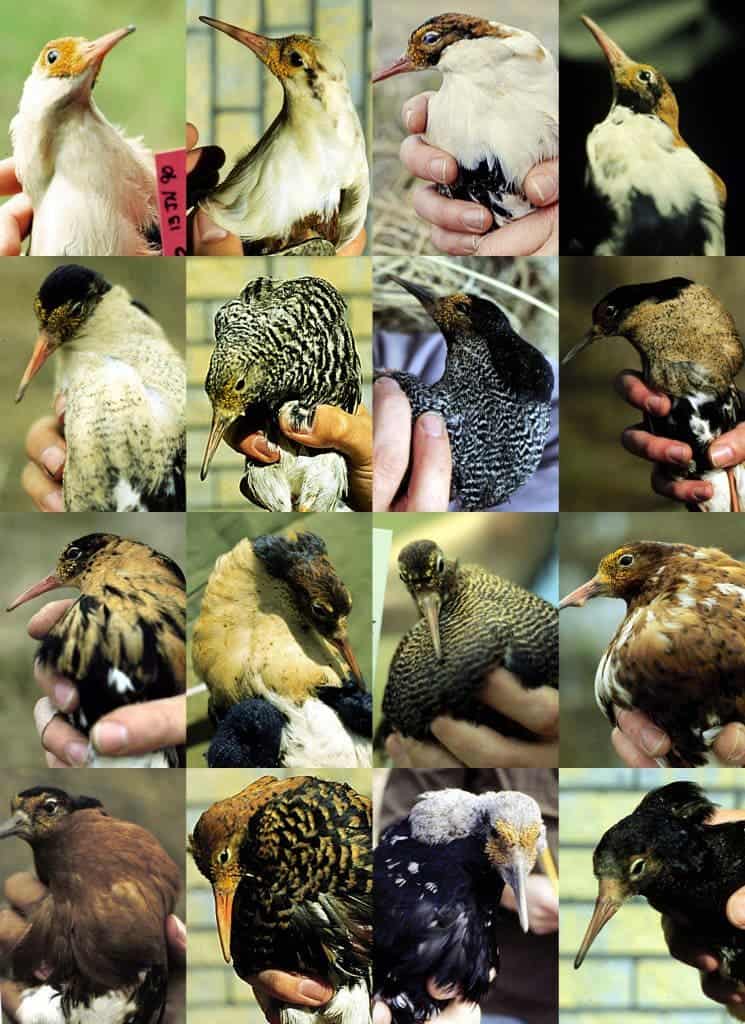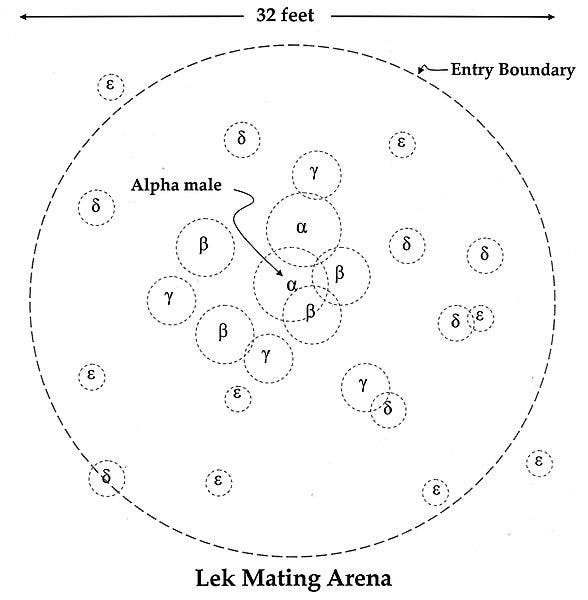
Self-preservation and reproduction are the most powerful instincts, and life forms on Earth have devised all sorts of gimmicks and tactics to become successful (pass on those genes). Just look at the male ruff sneak tactics to grab girls. There are three distinct approaches: the cocky aggressive, the sneaky ‘satellite, and the cross-dresser. You might think this isn’t necessarily peculiar in itself. After all, human males employ similar approaches to seek women’s attention. The peacock, the friend-zone dude, the jock, the joker etc. What’s odd about ruff males is that this behavior is coded inside their genes – from the way they act, to how their plumage looks like. And they’re all, ultimately, males of the same species.
“The ruffs provide a neat example of how small genetic changes can lead to major differences in attractiveness and behaviour. This process is fundamental to the formation of separate sexes and separate species,” said Professor Terry Burke from the University of Sheffield’s Department of Animal and Plant Sciences

The ruff is a medium-sized wading bird that breeds in marshes and wet meadows across northern Eurasia. The adult male varies in color from dark rufous to light brown with considerable white. It has a thick mane of long feathers around its neck and thick head-feathers that can be puffed out. The female, called a Reeve, is mottled brown-and-buff with orange legs (sometimes olive or green). To mate, the ruff employs a ‘lek’ system, meaning males of the species gather together and invest all of their energy into attracting females to mate with them, and none into parental care. It’s actually quite common among birds, other examples including the sage grouse, prairie chicken, great bustard and sharp-tailed grouse.

Ruffs, however, have turned lekking into an art. The most creative seem to be a group of male ruffs which impersonate females, so other males don’t give them too much attention when they’re pumping their plumage out to impress the gals. By lacking ornamental feathers and mimicking females, these crafty males draw no attention to themselves – until they make their move that is, whisking off females from the resident males. This is one of three behaviors. There’s the territorial breeding males which have spectacular plumes around their neck and vary tremendously in colour, such that each males looks unique. Then there’s the ‘satellite’ males, all dressed in white plumage. These kind are non-territorial, but seem to be very good at stealing mates.
By sequencing the genomes of the birds, researchers at University of Sheffield discovered that these fascinating mating rituals are actually hard-coded in the birds’ genes. In fact, the researchers refer to a ‘supergene’ – a section of the chromosome made up of a hundred or more genes. This supergene surfaced a couple million years ago, allowing female mimickers to co-exist with territorial males.
“The special feature of the supergene is that it allows lots of genes that are next to each other on a chromosome – which in this case determine multiple traits including hormones, feathering, colour and size – to evolve together and create two distinct behavioural traits.”
“This process is similar to the one that led to the evolution of separate sex chromosomes, and indeed the alternative forms of the supergene combined together to create the third type of bird personality – the girlfriend stealer,” Prof. Burke added.



